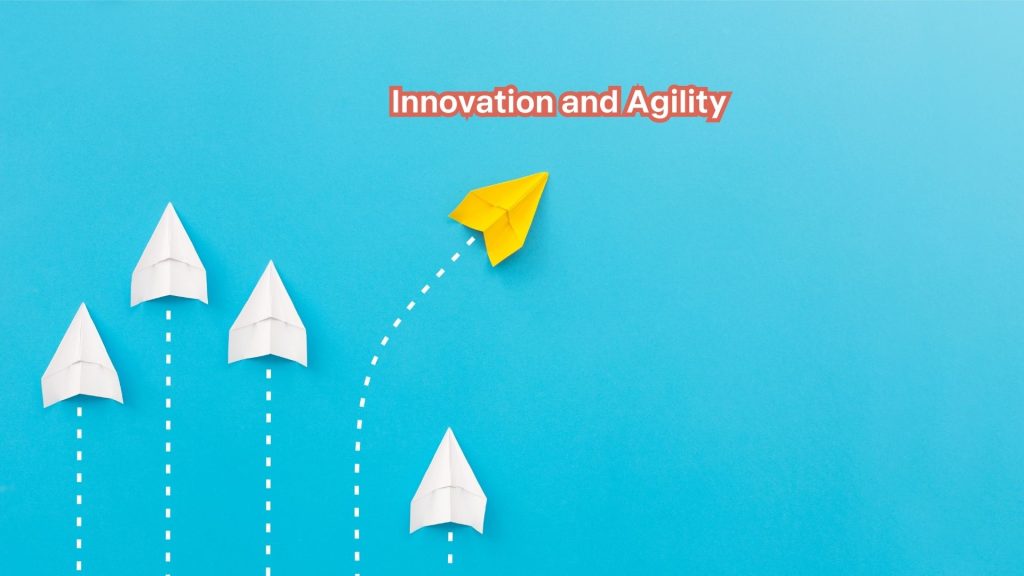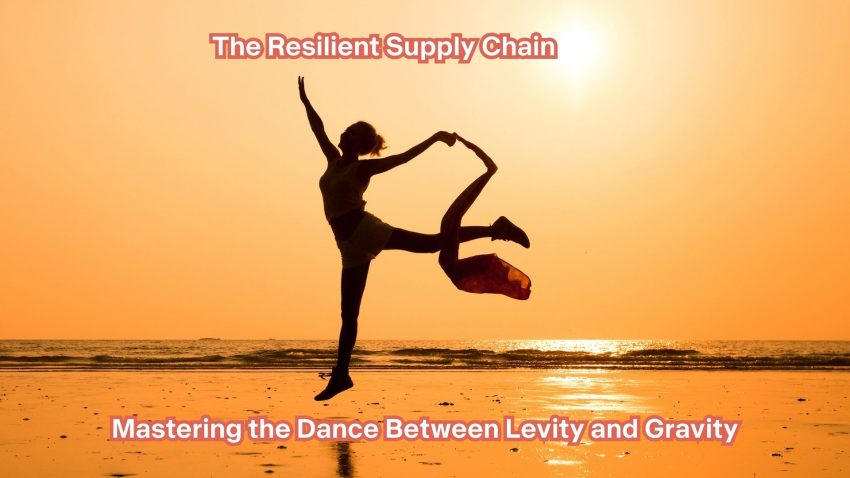In the complex world of supply chain management, we often find ourselves caught between two powerful forces. As Daniel Pink notes in To Sell is Human, healthy positivity requires calibration between levity that unseen force that lifts you skyward and gravity which is the opposing force that pulls you earthward.
This metaphor perfectly captures the essence of building truly resilient supply chains in today’s volatile business environment.
Understanding the Forces at Play
After two decades in supply chain, I’ve witnessed countless organizations struggle to find the right balance between operational optimism and realistic risk assessment. Supply chain resilience isn’t just about bouncing back from disruptions. However it’s about maintaining equilibrium between the uplifting force of innovation and efficiency (levity) and the grounding force of risk management and contingency planning (gravity).
Levity in Supply Chain Management
The levity force in supply chains manifests through:
Innovation and Agility: Forward-thinking organizations embrace new technologies like AI-powered demand forecasting, blockchain transparency, and IoT sensors. This technological levity lifts operations above traditional constraints, enabling real-time visibility and predictive analytics that would have seemed impossible just a decade ago.

Collaborative Partnerships: Strong supplier relationships create an uplifting force that extends beyond transactional exchanges. When suppliers become true partners, sharing forecasts, capacity plans, and even R&D initiatives, the entire network rises together. This collaborative levity transforms supply chains from cost centers into competitive advantages.
Lean Operations: The pursuit of efficiency through lean methodologies creates operational levity by eliminating waste and streamlining processes. Just-in-time inventory, optimized routing, and demand-driven production all contribute to this upward force that maximizes value while minimizing resources.
Gravity’s Essential Role
However, levity without gravity leads to dangerous instability. The gravity force provides crucial grounding through:
Risk Assessment and Mitigation: Comprehensive risk mapping identifies potential failure points across the entire supply network. This includes geopolitical risks, natural disasters, supplier financial instability and demand volatility. Gravity keeps us anchored to reality, acknowledging that disruptions will occur.

Buffer Strategies: While lean operations provide levity, strategic buffers offer gravitational stability. This includes safety stock for critical components, qualified backup suppliers, and diversified sourcing strategies. These reserves may seem inefficient during normal operations, but they provide essential stability during turbulence.
Compliance and Controls: Regulatory compliance, quality controls, and audit procedures create necessary friction that grounds operations in safety and reliability. This gravitational force prevents the organization from floating too far from established standards and ethical practices.
Achieving Optimal Supply Chain Resilience
The most resilient supply chains master the art of dynamic balance. Here’s how experienced leaders calibrate these forces:
Scenario Planning and Stress Testing
Regular scenario planning exercises help teams understand how levity and gravity interact under different conditions. By modeling various disruption scenarios, organizations can identify when to apply more gravitational stability (increase buffers, activate backup suppliers) and when to leverage levity (accelerate innovation, pursue new partnerships).
Segmented Strategies
Different product categories and market segments require different balances. High-volume, low-margin commodities may need more gravitational stability through diversified sourcing and higher safety stocks. Innovative, high-margin products might benefit from more levity through agile supplier partnerships and rapid prototyping capabilities.
Technology as a Balancing Mechanism
Modern supply chain technologies serve as sophisticated balancing systems. Supply chain visibility platforms provide the real-time data needed to adjust the levity-gravity balance dynamically. When early warning systems detect potential disruptions, organizations can quickly shift toward gravitational strategies without abandoning the efficiency gains of levity.
Cultural Integration
Building organizational culture that embraces both forces is crucial. Teams must be comfortable with the apparent contradiction of pursuing efficiency while simultaneously preparing for inefficiency. This requires leadership that communicates the strategic value of both innovation and risk management.
The Path Forward
As supply chain leaders, we must resist the temptation to view levity and gravity as opposing forces. Instead, they form a complementary system that, when properly calibrated, creates supply chain resilience that is both robust and adaptive.
The most successful supply chains I’ve managed have been those that could rapidly adjust their levity-gravity balance based on changing conditions. During periods of stability, we emphasized levity through innovation and efficiency improvements. When facing uncertainty or disruption, we increased our gravitational pull through enhanced risk management and contingency activation.
Conclusion
True supply chain resilience emerges not from choosing between innovation and stability, but from mastering their dynamic interaction. Like a skilled pilot who understands both lift and weight, successful supply chain leaders learn to navigate between levity and gravity, creating organizations that can soar during favorable conditions while remaining firmly grounded when storms arise.
The future belongs to supply chains that embrace this duality, using technology and strategic thinking to achieve the optimal balance for their specific context and objectives. In this dance between levity and gravity, resilience isn’t just about surviving disruption, it’s about thriving through uncertainty while maintaining the operational excellence that drives sustainable competitive advantage.

1 thought on “The Resilient Supply Chain: Mastering the Dance Between Levity and Gravity”